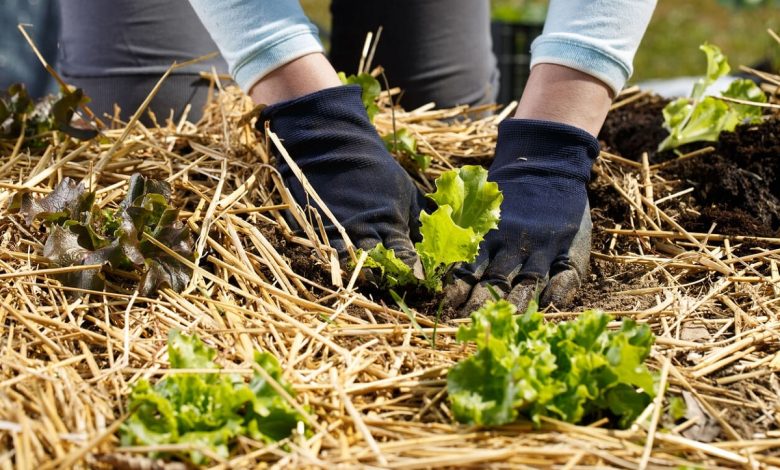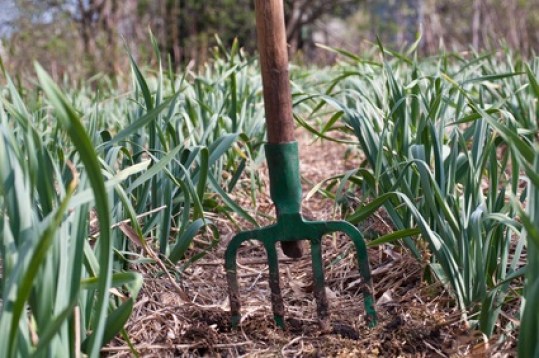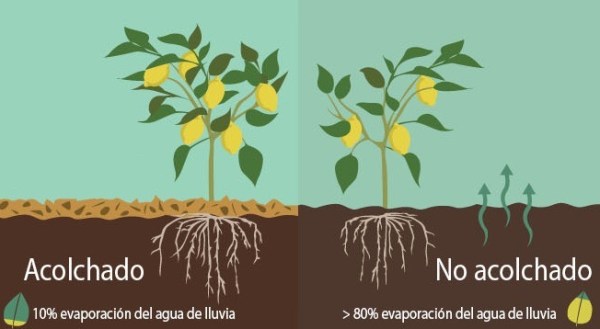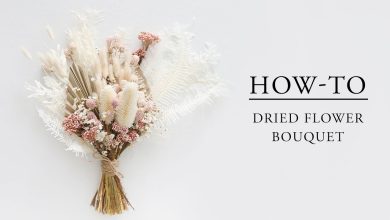Mulch for the Garden | Types of Mulching or Padding for plants

What is mulching and what is it used for? How many types of mulch or padding are there? Today we will answer these questions and talk about the materials that can be used to make padding or ground covers, an ecological technique with many benefits for crops.

Padding or mulching in agriculture is a technique that consists of protecting the soil using different materials (organic padding or plastic covers) and that has multiple benefits for the soil and for the plants in the garden.
What is mulching and what is it used for?
Mulching is a technique that protects the soil through a cover that acts as a physical barrier, cushioning low temperatures and reducing the incidence of weeds.
Agricultural mulch consists of putting on the surface of the soil, around the plants, a layer that can be made of various materials (organic or inorganic) that prevents light from passing into the soil and protects it from sudden changes in temperature and humidity. erosion.
If you are interested in setting up an organic garden in your patio or garden, pay attention to this article, as mulching the garden is a highly recommended technique in organic farming and fulfills many functions, in addition to weed control.
Benefits of mulching or padding the garden
- Helps control weeds, hindering their growth.
- Protects the substrate and the beneficial microorganisms that live in it against climatic inclemencies such as sunburn, sudden variations in temperature, wind erosion, intense rain that can cause flooding…
- If organic materials are used as components of the padding or mulching, it collaborates with the fertilization of the substrate since, in the long term, they will end up decomposing and being incorporated into the soil, increasing the amount of humus.
- Increases biodiversity and biological activity thanks to the increase in the microbial population in the soil.
- Helps maintain the proper temperature in the roots, keeping them warm in winter and cool in summer.
- It reduces the loss of water by evaporation and provides shade to the soil, both of which help to maintain the humidity of the substrate and, therefore, mulching saves water.

How agricultural mulch is made
It’s best to install mulch when the ground is moist and not too cold: fall or spring are the best times to mulch the ground.
You must spread it with the soil free of weeds, so it is convenient that you first manually eliminate the ones you see and carry out a weeding or tillage of the land to eliminate the ones you do not see.

The thickness of the mulching layer should be sufficient to ensure that the weed seeds that fall on the ground cannot reach the substrate and take root, and that the seeds that are already in the substrate cannot germinate or are born very weak.. To achieve this, the thickness must be uniform and at least 4-5 centimeters.But… you don’t have to go overboard either! If the thickness of the mulch layer is too great, this can impair drainage and waterlogging can occur because the water does not infiltrate the soil well: do not exceed 10 cm. The lighter, drier and more airy (with voids) the material used, the thicker the layer should be.
If the padding or mulching material is made up of organic particles, you should avoid grinding them too much, because if they are very fine they will decompose quickly, turning into humus, and the mulching layer will go from being a barrier to being the perfect substrate for them to settle. weeds when the seeds fall to the ground (since they are usually less demanding than our crops).
Types of padding or mulching for plants
The mulching materials that can be used for the mulch layer are very varied and can be both natural (organic or inert) and synthetic.
- Straw and hay: they greatly improve aeration and soil moisture; in addition to the fact that, in the long term, they provide a large amount of humus. Despite this, it is advisable to add some organic fertilizer to the soil if this type of cover material is used, since its decomposition is very slow and the material is not rich in nitrogen.
- Ferns: characteristics similar to those of straw but it decomposes faster.
- Shredded bark: either you buy it directly already prepared for use as padding or you must compost it or store it for several months before placing it so that the resin can release.
- Mulch for the garden (grass or cut grass): very nutritious for the soil and, therefore, for the plants. It is a cheap and effective covering material. In this case, you must bear in mind that the thickness should not exceed 5 cm because if the layer is very thick, the air will not circulate well and it will begin to decompose, generating too much heat that can damage the plants.
- Plastic padding: simple handling (they spread easily over the entire surface) although they have the drawback that, if they are waterproof, they prevent oxygen and water from filtering, so you have to leave free spaces where the plants will come out and arrive the water to the soil (in this case, it is best to irrigate by dripping or by another localized irrigation system).
- Biodegradable plastics: once in the ground, the plastic degrades little by little. It is more comfortable because we save having to remove it at the end of the season.
- Old carpets and other textile materials: easy handling but without the disadvantage of impermeability that plastics have. Both can also be used as a base to lay a mulch layer of loose materials on top.
- Industrial by-products: rice husks, cocoa husks…
- Sawdust
- Shredded pruning debris
- Dry leaves
- gravel or sand
- Diary paper
Mulching with dry and light materials (straw, ferns, hay, sawdust…) is suitable for «heavy» soils that tend to compact, while moist materials that decompose quickly, such as grass clippings, are ideal for cooler climates. humid (although in this case it must be taken into account that the padding or mulching layer must be renewed often and that it must be thin to avoid compaction and favor aeration).
If you want to know more about types of mulching in agriculture, I recommend you read the post on Types of organic mulch, where you will find more details on how to protect the soil in the garden.
References
- Lament WJ, 1993. Plastic mulches for the production of vegetable crops. Hort Technology, vol. 3, p. 35-39.
- Brechelt, A., 2004. Ecological soil management. Agriculture and Environment Foundation (FAMA), Dominican Republic.
- Bielinski M. Santos, et al., 2010. Vegetable Production in Protected Environments: Structures for Protected Agriculture. HISTORICAL FACT SHEETS, vol. 2010 nº 6. Institute of Food and Agricultural Sciences, University of Florida (USA).
- Zribi, W. et al., 2011. Effects of Mulching on Moisture, Temperature, Structure, and Salinity of Agricultural Soils. Agricultural Technical Economic Information (ITEA 2011), vol. 107, no. 2, p. 148-162.

![Photo of Care of Geraniums: [Earth, Strengthening, Humidity and Pruning]](https://www.complete-gardening.com/wp-content/uploads/2022/08/care-of-geraniums-earth-strengthening-humidity-and-pruning-390x220.jpg)

![Photo of Diatomaceous Earth: [Definition, Uses, Application and Advantages]](https://www.complete-gardening.com/wp-content/uploads/2022/08/diatomaceous-earth-definition-uses-application-and-advantages-390x220.jpg)
![Photo of Jasmine Cuttings in Water: [Grafts, Time, Rooting and Planting]](https://www.complete-gardening.com/wp-content/uploads/2022/08/jasmine-cuttings-in-water-grafts-time-rooting-and-planting-390x220.jpg)